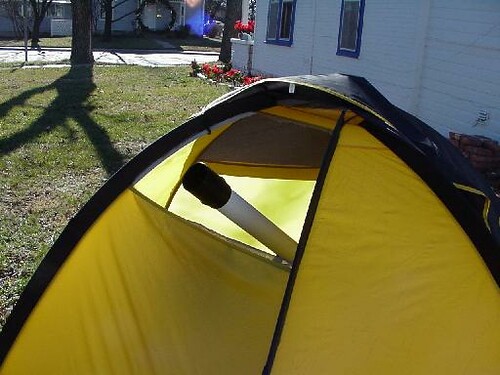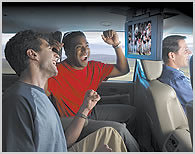 We’ve written recently about DIY techniques for getting satellite reception on your RV. But doing it yourself, we readily admit, requires actually doing something yourself, which can be a drag (especially on Mondays!) .
We’ve written recently about DIY techniques for getting satellite reception on your RV. But doing it yourself, we readily admit, requires actually doing something yourself, which can be a drag (especially on Mondays!) .
Sometimes, after all, you just want to lean back and have the sort of unbridled fun that the guys in the photo to the right are clearly having.
Luckily for the want-it-now crowd, there are several consumer options already on the market that will bring you (or, more precisely and safely, your passengers) satellite television reception in your minivan or SUV while you barrel down the interstate.
One such system is RaySat’s T5 low-profile in-motion satellite antenna, which "can work across multiple Ku-Band frequencies (factory option) in either linear or circular polarization (field option) and operate over many geographical regions, multiple satellites and any DTH (dedicated) infrastructure." Another system — the TracVision A7 mobile satellite system — is now being offered by DIRECTV, which also offers a mobile programming option:
Recognizing the growing interest among American motorists who want the same DIRECTV entertainment experience in their cars that they have in their homes, DIRECTV is now delivering to car video screens live local news, weather, traffic, sports and other local entertainment programming.
Local broadcast channels via DIRECTV are now available to mobile customers on the open road within the continental United States to vehicles that have been equipped with a TracVision A7 mobile satellite TV system, launched today by KVH Industries, Inc. DIRECTV will provide mobile customers their local broadcast channels within the designated market areas where it already offers them to home viewers. Local channels availability may vary by market. DIRECTV delivers local programming in 142 markets, representing 94 percent of U.S. television households.
DIRECTV’s TOTAL CHOICE(R) Mobile with local channels package, created exclusively for mobile customers with a low-profile automotive TracVision system, is available for $44.99, and offers more than 185 channels. To receive local channels in their car, DIRECTV customers must purchase a new TracVision A7 satellite TV system, which includes an integrated GPS unit and new 12-volt receiver jointly developed by DIRECTV and KVH.
The mobile local channels offering is part of a larger strategy by DIRECTV to target the more than 20 million U.S. vehicles expected to have in-vehicle passenger video systems by 2011, according to the leading analyst firm Frost & Sullivan.
Delivering uninterrupted satellite reception while an antenna moves at nearly 70 miles per hour is no simple engineering feat, which helps explain why the KVH system is loaded with patents.
It also helps explain why the system will currently set you back about 3,000 clams. (To keep a low wind profile, it looks like a clam, too.)
Just remember, though, that 20 million vehicles are expected to have such a system in place by 2011. So keep your eyes on the road.
 If you’re like some of us here at Really Rocket Science, you look back upon 1977 as a watershed year — a year when, for the first time, you realized what you wanted more than anything else in the world.
If you’re like some of us here at Really Rocket Science, you look back upon 1977 as a watershed year — a year when, for the first time, you realized what you wanted more than anything else in the world.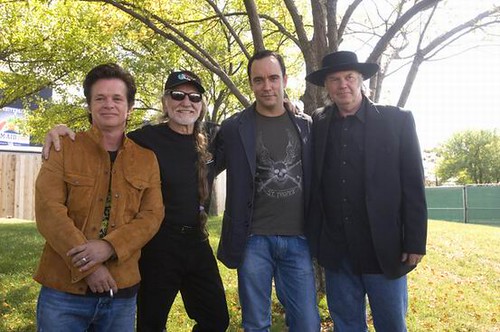
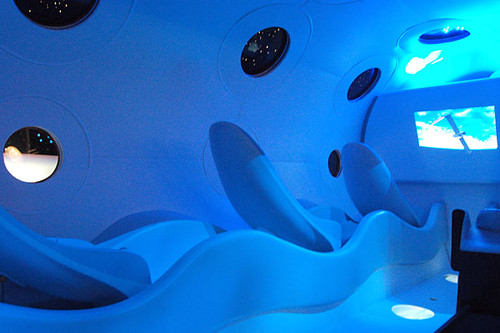
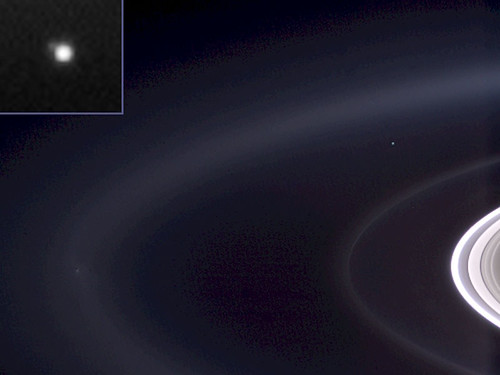
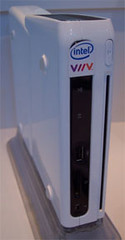 We’ve written before about how dramatically the intersection of television and computers — particularly through IPTV and satcom– will transform the media marketplace and the media consumption habits of ordinary people.
We’ve written before about how dramatically the intersection of television and computers — particularly through IPTV and satcom– will transform the media marketplace and the media consumption habits of ordinary people. On Saturday, the
On Saturday, the  make 3D observations of the sun.
make 3D observations of the sun.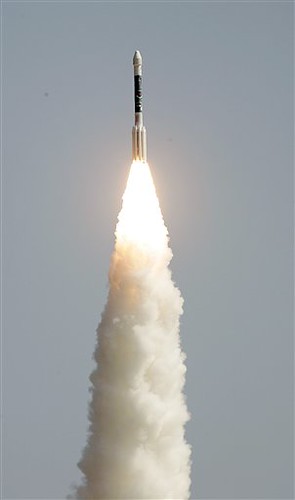
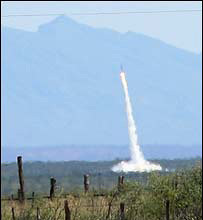
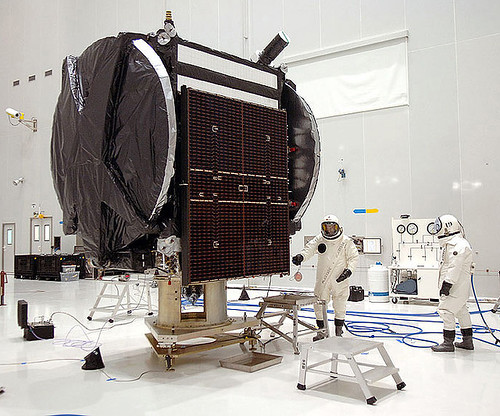
 We’ve
We’ve 
